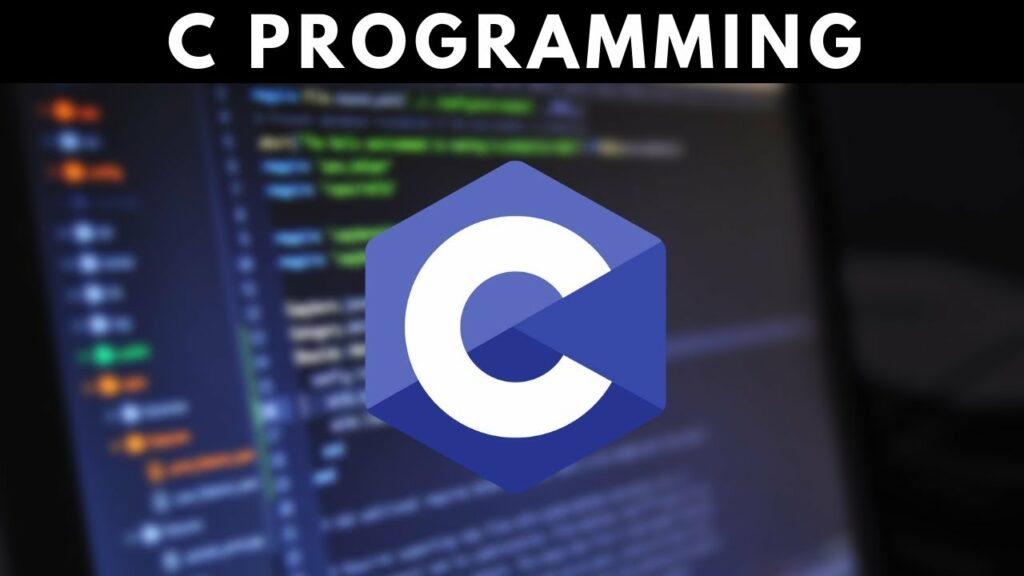
Free eBooks for Beginners
Arrays are a fundamental concept in C programming. They allow you to store and manipulate collections of similar data types. This can be extremely useful for handling large amounts of data and makes programming more efficient and easier.
In C, arrays are a contiguous block of memory that can be accessed using a single identifier. The memory allocation for arrays is static, meaning that it is set during the compilation process and cannot be changed during runtime. This makes arrays a good choice for large amounts of data, as their size is known ahead of time and can be optimized for efficiency.
Each item in an array is called an element, and they are accessed using an index number starting from 0. For example, if you have an array called “numbers” with 5 elements, you can access the first element as “numbers[0]”, the second as “numbers[1]” and so on.
There are several different types of arrays in C, including one-dimensional arrays, multi-dimensional arrays, and dynamic arrays. One-dimensional arrays are the simplest type, and are used to store a list of values of the same data type. Multi-dimensional arrays can be thought of as arrays of arrays, and are useful for organizing data in a grid or matrix. Dynamic arrays are arrays that can be resized during runtime, which is useful for cases where the size of the array is not known beforehand.
Arrays can be declared in C using the “array-name[size]” syntax, where “array-name” is the name of the array and “size” is the number of elements it will contain. The data type of the elements must also be specified. For example, to declare an array of 5 integers, you would use the following code:
int numbers[5];Once an array has been declared, you can assign values to its elements using the index number. For example, to assign the value of 10 to the first element of the “numbers” array, you would use the following code:
numbers[0] = 10;Arrays are a powerful tool in C programming, and are used in a wide variety of applications. They can be used for data storage and manipulation, for organizing and processing large amounts of data, and for creating more complex data structures. Whether you are a beginner or an experienced programmer, it is important to understand the basics of arrays in C.
C Programming for Beginners – Chapter 18 : Array in C
 Loading...
Loading...
Disclaimer: The information and code presented within this recipe/tutorial is only for educational and coaching purposes for beginners and developers. Anyone can practice and apply the recipe/tutorial presented here, but the reader is taking full responsibility for his/her actions. The author (content curator) of this recipe (code / program) has made every effort to ensure the accuracy of the information was correct at time of publication. The author (content curator) does not assume and hereby disclaims any liability to any party for any loss, damage, or disruption caused by errors or omissions, whether such errors or omissions result from accident, negligence, or any other cause. The information presented here could also be found in public knowledge domains.